There is a very exciting development for the viability of mobile tiny houses in South Australia. Several years ago I tried to locate caravan parks that allowed permanent residents, and after many phone calls, came up with a patchwork of answers. Many parks will allow longer stay residents, but not permanent, which means moving several times a year.
Rules for living in a mobile home in South Australia are restrictive. On a suburban block, it’s illegal to connect to water or sewerage, so the kitchen and bathroom aren’t operational. Grey water has to go through the sewerage system, and composting humanure is out of the question. If a neighbour complains, the people living in the mobile home can be evicted.
Living in a mobile home on an empty block is only allowed as a temporary arrangement. Rules seem to differ from suburban to rural council districts, and are left to the discretion of the council, which makes the situation uncertain.
With climate change, and the accompanying problems of bushfires and floods, standard homes are becoming unliveable in some areas. We need to come up with new solutions for housing security, and safe places to live, in areas that are close to essential services.
The South Australian government has developed a guide for residential and parking sites in caravan parks, with the rights of landlords and residents, and tenancy agreements. There is also a residential parks register, with an extensive list of permanent parking spaces in South Australia, including Adelaide and other regional areas.
Guide for Renting a Site in a Residential Park in South Australia
This is a big step forward from only a couple of years ago, and I’m hoping the next step will be the ability to park permanently in suburban and rural areas. We have driveways and parking spaces that are under-utilised, and a need for cheaper, transportable housing that works with the environment.
For examples and inspiration for tiny house living, see Living Big in A Tiny House with Bryce Langston on Youtube.
AussieTinyHouses makes portable tiny homes with loft and ground floor bedrooms.

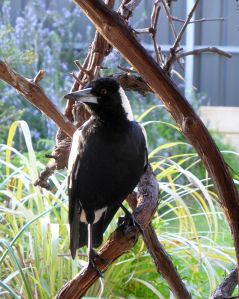

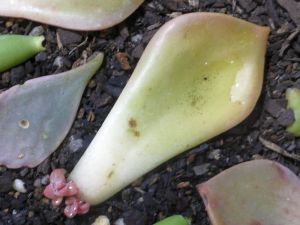

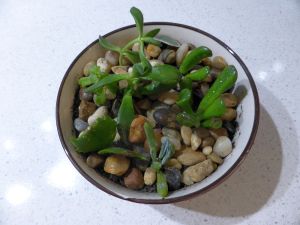
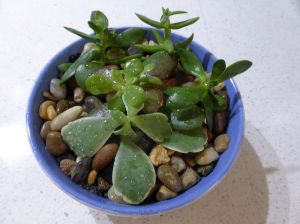
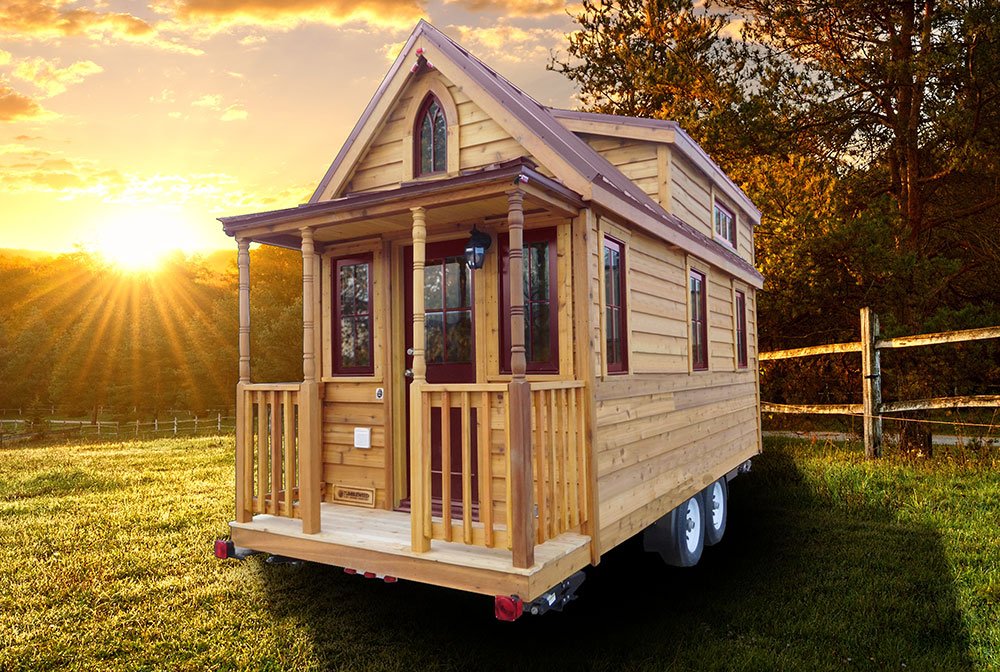
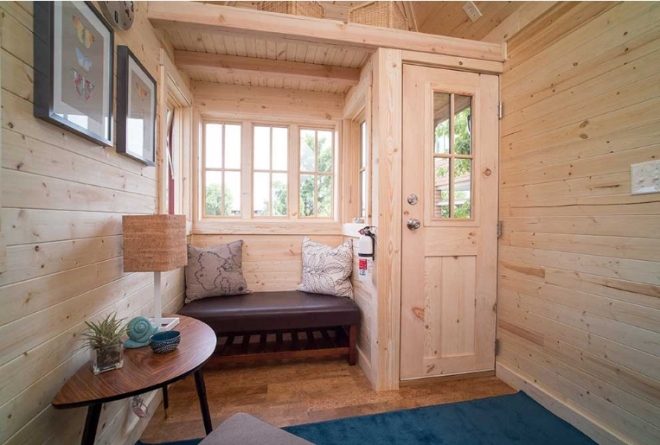

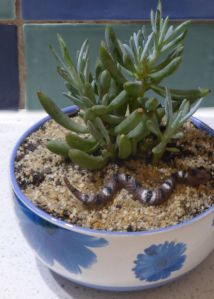
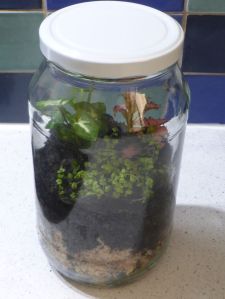
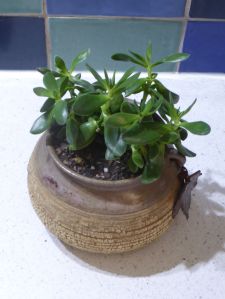

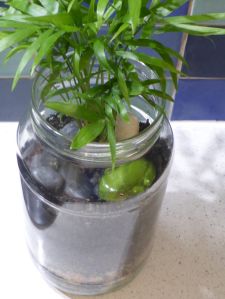
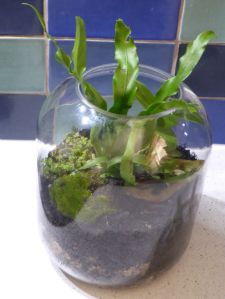
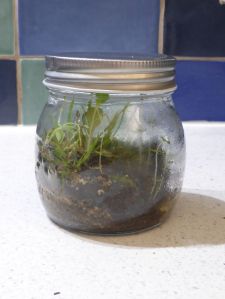 A small jam jar terrarium for moss and assorted grasses, also collected locally.
A small jam jar terrarium for moss and assorted grasses, also collected locally.